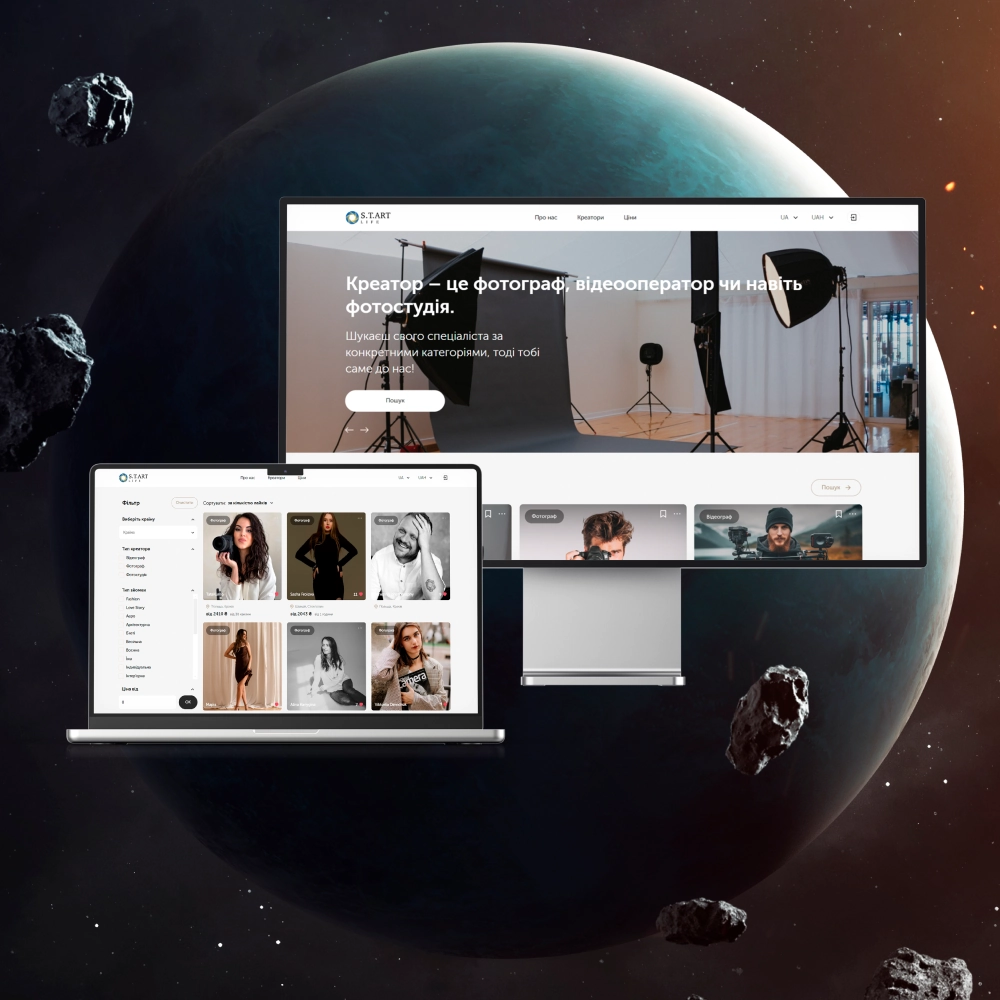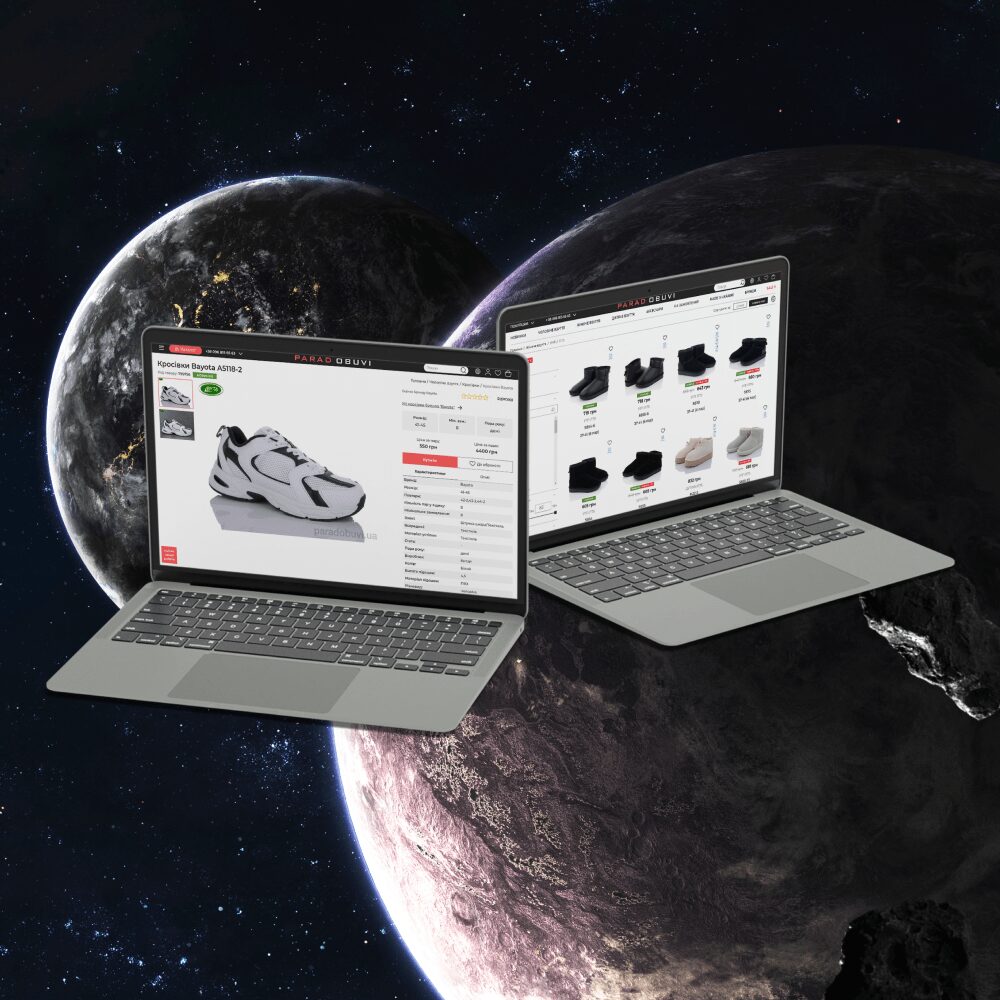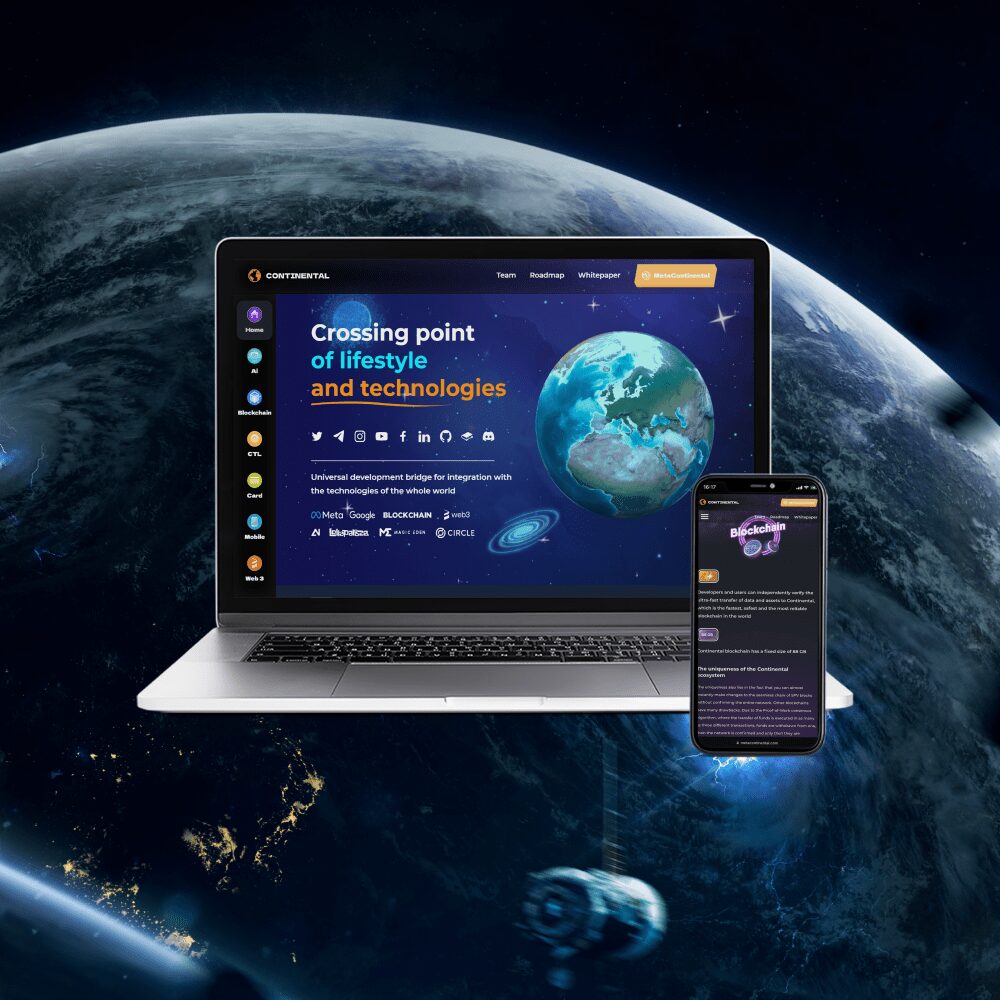Development of automated weight and dimension control systems
Weight and dimension control systems
Transport and logisticWeight and dimension control systems Transport and logistic
Weight and dimension control systems are used to comply with the regulations for the operation of the road surface and increase its service life. Thanks to the use of modern technologies and sensors, they are able to monitor directly on the move, without interfering with the movement of vehicles and without creating additional traffic jams.
Contrary to popular belief, the tasks of such systems are not limited to just measuring mass and dimensions. In addition, they perform a number of other important tasks:
- determination of axial loads on the roadway, including heavy trucks – by weighing in parts;
- measurement of speed and center distances;
- continuous collection and storage in the database of information about passing vehicles;
- fixing violations of the rules of travel and the generation of relevant regulations.
The design of a weight and dimension control system is carried out taking into account the needs of each individual company, so the functionality of such software may differ slightly.
What technologies are used to develop weight and dimension control systems
TechnologyWhat technologies are used to develop weight and dimension control systems Technology
Weight and dimension control systems can be developed in the form of a classic mobile, desktop or web application. Accordingly, depending on the chosen platform, the technologies used in development will also differ:
- Mobile app. They are installed on the operator’s smartphone and allow maximum administration of the automated system. For their development, native technologies can be used: the Swift language for the IOS operating system or the Java / Kotlin languages for Android, as well as cross-platform technologies that work simultaneously in both OS – the Flutter framework and the Dart language. The latter option is often the highest priority, as it allows you to reduce investment in the production of the application.
- Desktop application. Such applications are installed on a stationary PC or laptop of the user, and they are characterized by the highest performance. For their development, the programming languages Python and PHP are used, as well as their frameworks — Django/Flask and Yii2/Laravel, respectively.
- Web applications. Such applications run in a browser interface and can run on any device and operating system. For front-end development, static HTML, CSS and JavaScript technologies are used here, or reactive ones – Vue.js and React.js. The backend part can also be built using different technologies, such as the Python programming language and its Django/Flask frameworks, PHP and Yii2/Laravel frameworks, Java and the Node.js JavaScript platform.
The technology stack affects the performance, security, scalability, and speed of software development. At the same time, it should take into account the technical features of the project and the possibility of implementing individual functionality. Therefore, in order to take into account all the nuances, the choice of optimal technologies is often carried out by the development team.

How software development works
Development stagesHow software development works Development stages
From a technical point of view, truck weight control systems are complex software, whose duties include not only weight and size control, but also many related functions, such as fixing license plates, determining the direction of movement, automatic documentation and much more. In order for the project to exactly fulfill the functions assigned to it, its development is carried out in stages. Below we will consider which tasks are performed at each step.
Stage 1. Gathering information
The creation of any digital product begins with research. In this step, developers need to determine the main and secondary tasks of the software, as well as the wishes of the client. To do this, the PM manager conducts personal or online meetings with the customer, and technical specialists audit the company’s existing IT infrastructure.
Stage 2. Design and technical documentation
Based on the information collected at the previous stage, developers create a project prototype, which should include:
- mockups of unique pages and a navigation system between them;
- the stack of technologies that will be used in the software production process;
- detailed description of each function;
- description of the corporate identity that will be used in the design.
The finished prototype is a kind of framework. Focusing on it during development, specialists will be able to develop a complete software product in which every detail is thought out.
Stage 3. Design development
The main task of UI designers is to create a convenient and understandable application interface that operators will work with. Often there are two options here: to develop an individual design or resort to the use of templates.
On the one hand, a template solution is cheaper, but on the other hand, it is always a compromise, in which you have to sacrifice not only user comfort, but also functionality. If we talk about individual design, then there are no limits and restrictions. A specialist can create any structure, choose fonts, colors and shapes, organizing the most effective interaction between the user and the system. Therefore, this approach is always preferable.
Stage 4. Programming the weight and dimension control system
The development of the software part is rightfully considered the most voluminous and labor-intensive stage. It can be conditionally divided into two main parts:
- Frontend development. The frontend is the client side of the application that the user interacts with. It is created in accordance with previously approved design layouts and acts as a kind of intermediary between the user and the server: it receives requests from the client, sends them to the server, and then displays the resulting processing result. However, if the frontend is implemented using the reactive technologies Vue.js and React.js, which we wrote about above, it is able to process some of the data on its own, reducing the load on the backend.
- Backend development. The backend is the server side of the application. It is not available to the user, but is responsible for all the processes that take place “inside” the application: calculating the dimensions and weight of vehicles, reading and saving license plates, generating documents based on established templates, and so on. That is, at this stage, developers program the logic of all functionality, build the database architecture, and also perform integrations with third-party services and equipment: scales, video cameras, etc.
Stage 5. Testing
After the development is completed, you need to make sure that the software works correctly and in accordance with the original plans. To do this, QA engineers are connected to the project. They conduct manual and automated testing using specially designed scripts and identify the maximum number of bugs.
There are several levels of testing:
- integration;
- functional;
- performance testing;
- security testing;
- acceptance testing.
If problems are found, a bug report is compiled and the project is transferred to the responsible employee for revision, after which it is checked again.
Stage 6. Technical support and development
When the testing is completed, the software is deployed on the company’s equipment, and specialists are trained to work with the new software. However, even after this, the technical work on the application does not end, since during the first time after the start of operation, operators may encounter errors that were not detected earlier. In this case, the developers reconnect to the project, study and fix the problem as part of technical support.
In addition, over time, the company may need to expand or improve the existing functionality. To solve this problem, a new technical task is being developed: for designers, front-end and back-end developers, after which the changes are implemented, tested on a working copy of the software, and then installed into the current application as a separate patch.
Development of automated weight and dimension control systems in AVADA MEDIA
Development of automated weight and dimension control systems in AVADA MEDIA
Weight and dimension control systems will help your company significantly increase the life of the pavement by complying with the established operating standards. At the same time, thanks to automation, measurements are carried out without stopping vehicles and do not create an additional burden on car traffic.
AVADA MEDIA specialists have extensive experience in the implementation of software for the transport and logistics industry, and are ready to apply all their knowledge in developing a solution for your business. In our work, we use only innovative technologies, thanks to which we will be able to translate tasks of any complexity into reality.
Fresh works
We create space projectsFresh works
The best confirmation of our qualifications and professionalism are the stories of the success of our clients and the differences in their business before and after working with us.
Our clients
What they say about usOur clients What they say about us
Successful projects are created only by the team
Our teamSuccessful projects
are created only by the team Our team
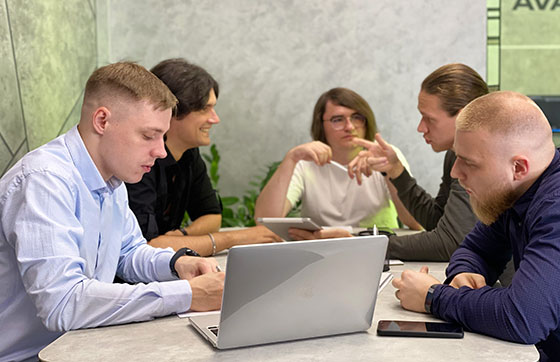
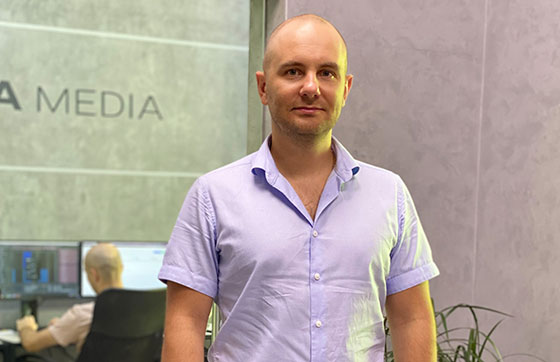
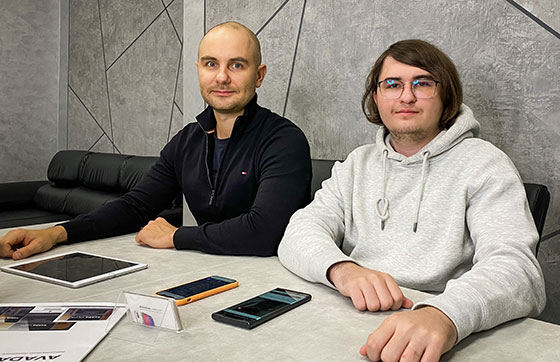
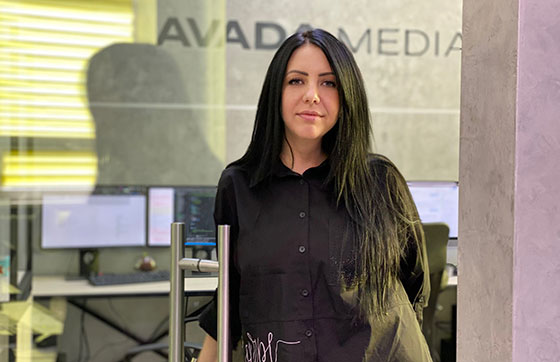
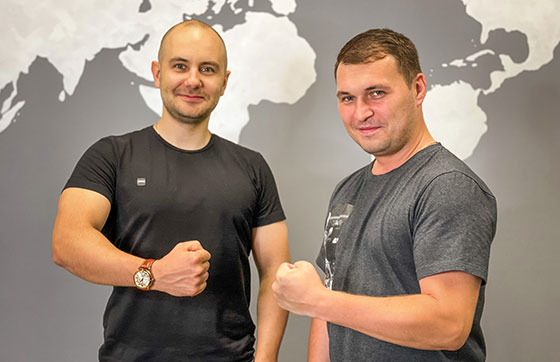
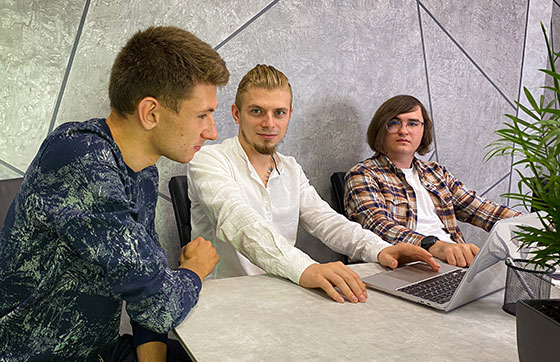




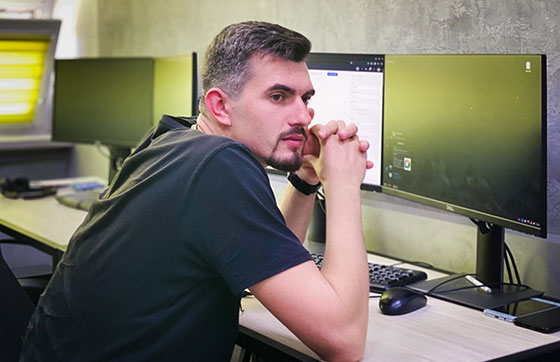

Contact the experts
Have a question?Contact the experts Have a question?
-
Phone:+ 38 (097) 036 29 32
-
E-mail:info@avada-media.com.ua
